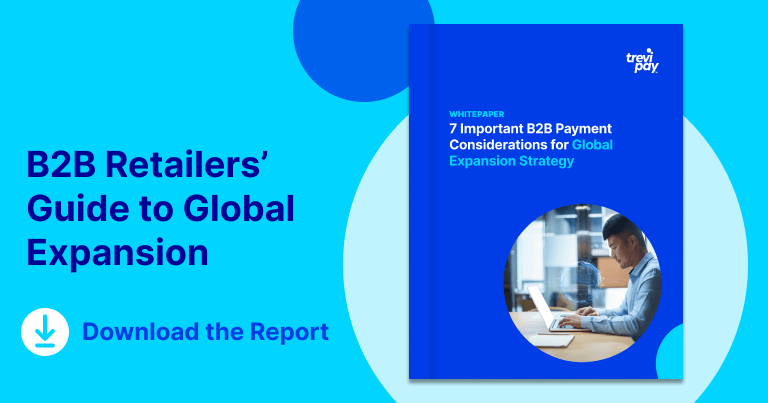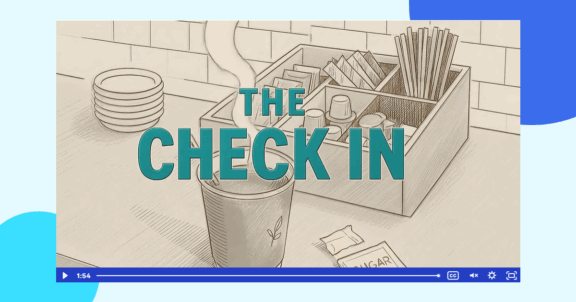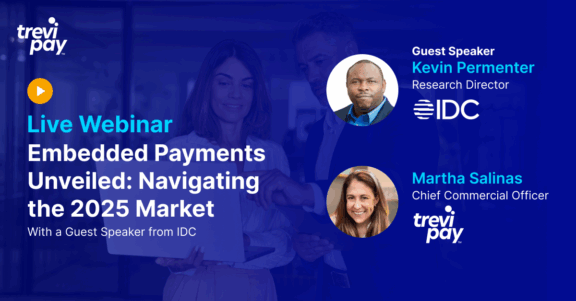“New technologies are rapidly reducing frictions in payments.”
– Eswar S. Prasad, The Future of Money: How Digital Revolution is Transforming Currencies and Finance
Hear, hear, Mr. Prasad! We couldn’t agree more.
TreviPay prides itself on reducing payments friction, so it’s exciting to hear a leading thinker from the financial innovation arena give our mission a shout out. (Prasad is a professor of trade policy and economics at Cornell and a research associate at the National Bureau of Economic research among other posts.)
Of course, we’re hardly the only fintech company in the payments space. As I noted in another post, the use of BNPL in B2C payments has soared in the past few years, begging the question of BNPL’s suitability to B2B e-commerce. Buying now and paying later has certainly enticed online consumers; will it entice B2B buyers and suppliers? Installments will appeal to a healthy segment of (mostly smaller) B2B buyers, but the answer requires a look beyond installments to the reduction of payments friction.
For routine B2B purchases, suppliers and buyers already deploy net terms that give buyers working capital management benefits. (And when suppliers and other merchants use our embedded payments solution, they get paid in a couple of days – as opposed to 30, 45 or 60 days – by TreviPay via a white-label platform.) Those transactions, especially when they’re supported by an embedded payments platform, do not seem likely to benefit much from the introduction of installment payments. Nor would installment payments seem to appeal to most large enterprises.
However, some form of B2B BNPL likely makes sense for smaller buyers making higher-value purchases, such as a small business looking to purchase 30 laptops or tablets. Rather than paying for those computers all at once in 30 or 45 days, the small company might prefer to pay for the items in a series of four or five payments over, say, six months.
That option could free up consequential amounts of working capital at opportune times (e.g., through seasonal revenue surges or until the sales cycle ends). For this to work, buyers and their merchants may need to reach an agreement on splitting up the BNPL fee. In B2C, sellers pay BNPL transaction fees; in the B2B realm, suppliers may want their buyers to shoulder some of the fees, especially when the installment payment period is six to 12 months long.
Here it’s important to emphasize that payments timing represents only one facet of the B2B order-to-cash cycle. Fintech reduces B2B payments friction by delivering value throughout the entire cycle by strengthening and streamlining credit underwriting, customer onboarding, purchase orders, invoicing, sourcing and purchasing analytics, payment timing, collections, dispute management, cashflow acceleration, working capital management and more.
The B2C BNPL boom raises compelling questions about the size of B2B payments, but leveraging all of the opportunities offered by new B2B innovations requires asking questions about all of the other facets of the order-to-cash cycle.







